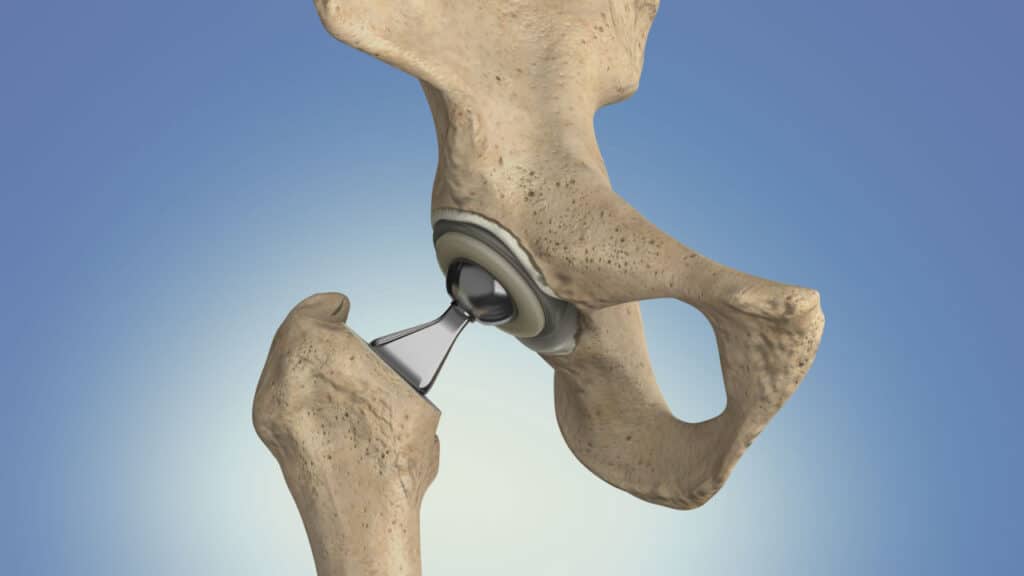You’ve tried all the other, less dramatic treatments but they haven’t worked. Your joints are still painful, and your mobility is still limited. Replacement arthroplasty, most commonly known as joint replacement surgery, may be the best remaining option.
We have a New York surgeon called Stephen S. Hudack to thank for joint replacement therapy. He started testing the procedure on animals in the late 1930s, and within a decade was performing the first hip replacements on humans. Today, hip replacement surgery is one of the two most common forms of joint replacement, along with knee replacement surgery. It can, however, also be carried out on fingers, ankles and shoulders.
Generally, replacement arthroplasty is carried out when conditions such as arthritis are particularly severe and all other techniques have failed. It involves creating a prosthesis of metal and/or plastic that can be fixed on the bone and replace the damaged or deformed surface. Sometimes this will involve the whole joint, but sometimes it will only be a partial replacement.
Replacement arthroplasty is a pretty serious surgery. It can be painful and generally requires a lot of post-operative rehabilitative work to restore mobility. It could be months before you are able to be active again, assuming the surgery is successful. On top of the normal risks of surgery, such as infection, if things aren’t lined up just right, the joint could become unstable. There’s also a risk of bone fractures.
Most successful knee and hip replacements will last at least 25 years. Shoulder replacements may not have quite the same lifespan, but they should work for at least a decade. Technology and techniques are always improving, so replacement arthroplasty today is likely to be more effective than it was just a few years ago. In the future, it may improve even more.
Despite the risks, joint replacement surgery can be a highly effective way of reducing or even outright removing the pain of arthritis, bone deformities or similar conditions. Improved mobility, along with less pain, can make it easier to get out and about, continuing with the activities of daily living. You may not be able to do everything you could do before the joint was damaged, but it can dramatically increase your independence. Just make sure you follow all the instructions to avoid infections and blood clots, and do all of your rehabilitative exercises.




